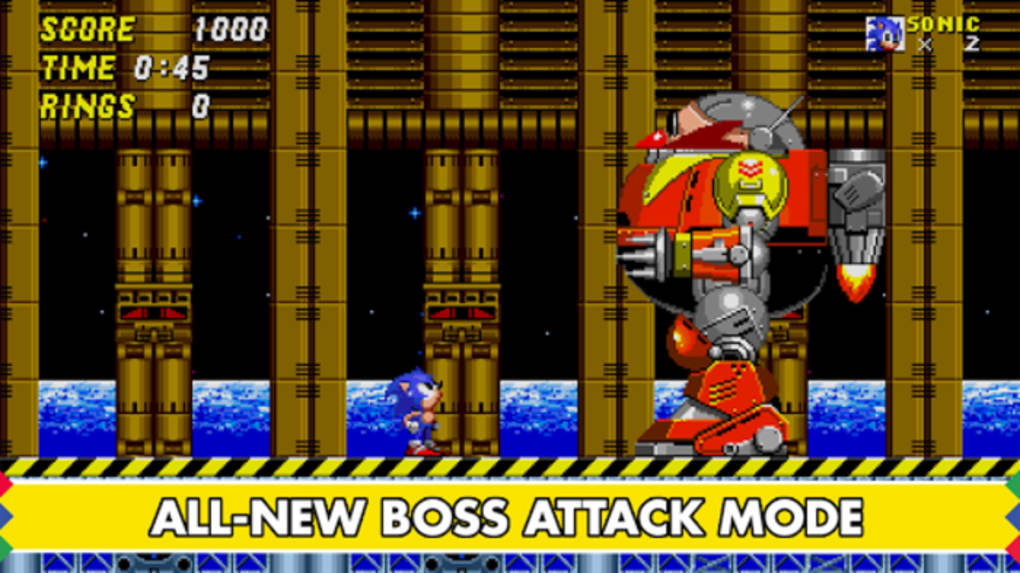

Using the Emeralds' combined power, he hopes to complete his personalized space station, the Death Egg. He's arrived on Westside Island after becoming privy to legends that tell of a lost seventh Chaos Emerald - and not long after, realizing that it and the other Emeralds had made Westside's depths their new hiding place after his defeat on South Island. Robotnik, has begun operations on the other side of the island, managing to covertly produce a new generation of Badniks. The impressed hedgehog allows the kid to stick with him - a decision he'll soon be glad he made.įor while these two are meeting, Dr. Sonic is surprised to find the young tagalong can nearly match his speed by rapidly spinning his tails like a helicopter's propeller, even enabling him to fly.

While running about, he attracts the attention of Miles "Tails" Prower, a shy fox cub who was ostracized for his two tails, who becomes inspired by the blue blur's cool confidence and starts following him. Sonic lands his biplane, the Tornado, on Westside Island to take a break from adventuring and explore a bit. The 16-bit version was released for the Sega Mega Drive in Japan on Saturday, November 21, 1992, and in Europe and North America on Tuesday, November 24, 1992, a date which was marketed as "Sonic 2sday." It was the very first global launch for a video game, an event which redefined video game marketing and helped Sonic 2 become such a groundbreaking success. Like its predecessor, Sonic the Hedgehog 2 had both a 16-bit and 8-bit version, and both versions had different stories. However, most of Sonic 1's sales came from being a pack-in to the Genesis, with 4 million selling standalone, so Sonic 2 is technically the best-selling standalone game for the console. It is the second-best selling Genesis/Mega Drive game of all time, selling over six million copies, only outsold by its predecessor's 15 million mark. The sequel to the original Sonic the Hedgehog, this game introduced Sonic's sidekick Tails, along with Sonic's Emerald-charged Super Form.


 0 kommentar(er)
0 kommentar(er)
